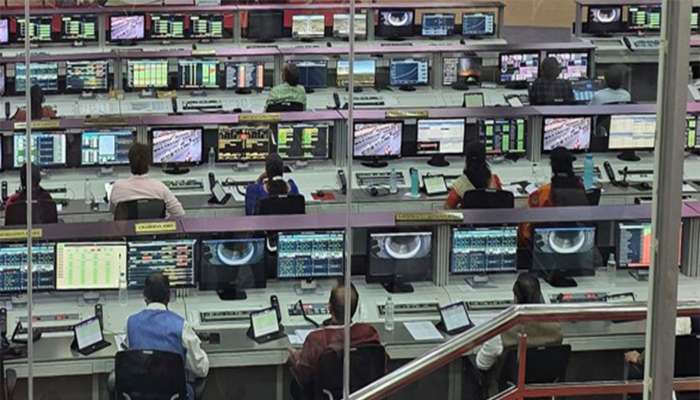
New Delhi: India's data centre industry is set for strong growth over the next few years, with total capacity expected to rise five times to 8GW by 2030, according to a report by Jefferies.
The growth will be fueled by rising data traffic, increasing use of artificial intelligence (AI), lower latency needs, and regulatory push for data localisation.
It stated, "India's data centre capacity looks set to jump 5x to 8GW by 2030 led by surging data traffic."
The report highlighted that this expansion in capacity will need a large investment. Setting up 1MW of data centre capacity in India requires capex of USD 4-5 million.
To reach the targeted incremental capacity of 6.4GW by 2030, the industry will require a total facility capex of USD 30 billion. Along with this, leasing revenues are expected to grow five times to USD 8 billion by 2030.
The report stated that a sharp rise in demand for data centres in India has been driven by a 30x jump in data traffic since FY17.
This growth in traffic has been supported by rising internet penetration, higher smartphone adoption, and the growing popularity of OTT platforms, digital payments, and e-commerce.
In addition, regulatory measures such as the Digital Personal Data Protection (DPDP) Act, 2023, and guidelines from the Reserve Bank of India (RBI) have further supported demand by encouraging data localisation.
Another major factor that will drive demand is AI adoption. AI servers need five to six times more power compared to non-AI servers, and they also require liquid cooling, which further increases demand for data centre infrastructure.
At present, hyperscale cloud service providers (CSPs) account for 60 per cent of data centre clients, while the banking sector contributes about 17 per cent.
India's colocation data centre capacity has already increased five times to 1.7GW, and occupancy levels are high at 97 per cent. This indicates that demand is currently outpacing supply.
The report also pointed out that the growth in data centres will create downstream opportunities in several related sectors.
Real estate could benefit by USD 6 billion, while electrical and power systems may see opportunities worth USD 10 billion. Racks and fitouts could generate USD 7 billion, cooling systems USD 4 billion, and network infrastructure USD 1 billion.
Given the large investment requirements, access to capital will be key for companies aiming to scale in this market.